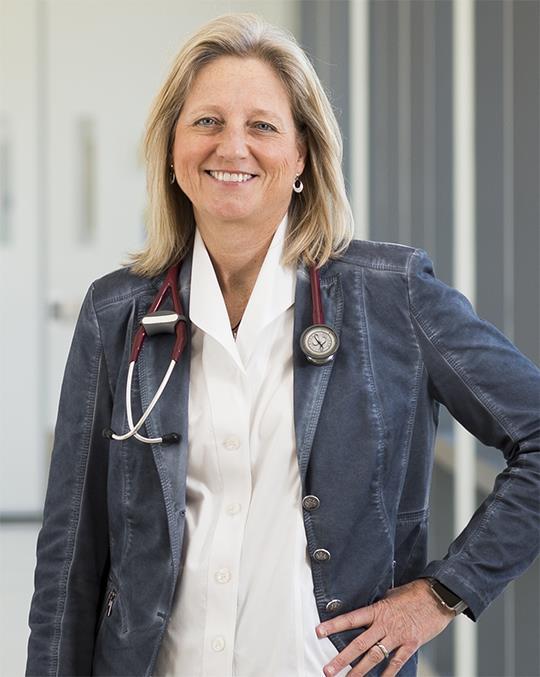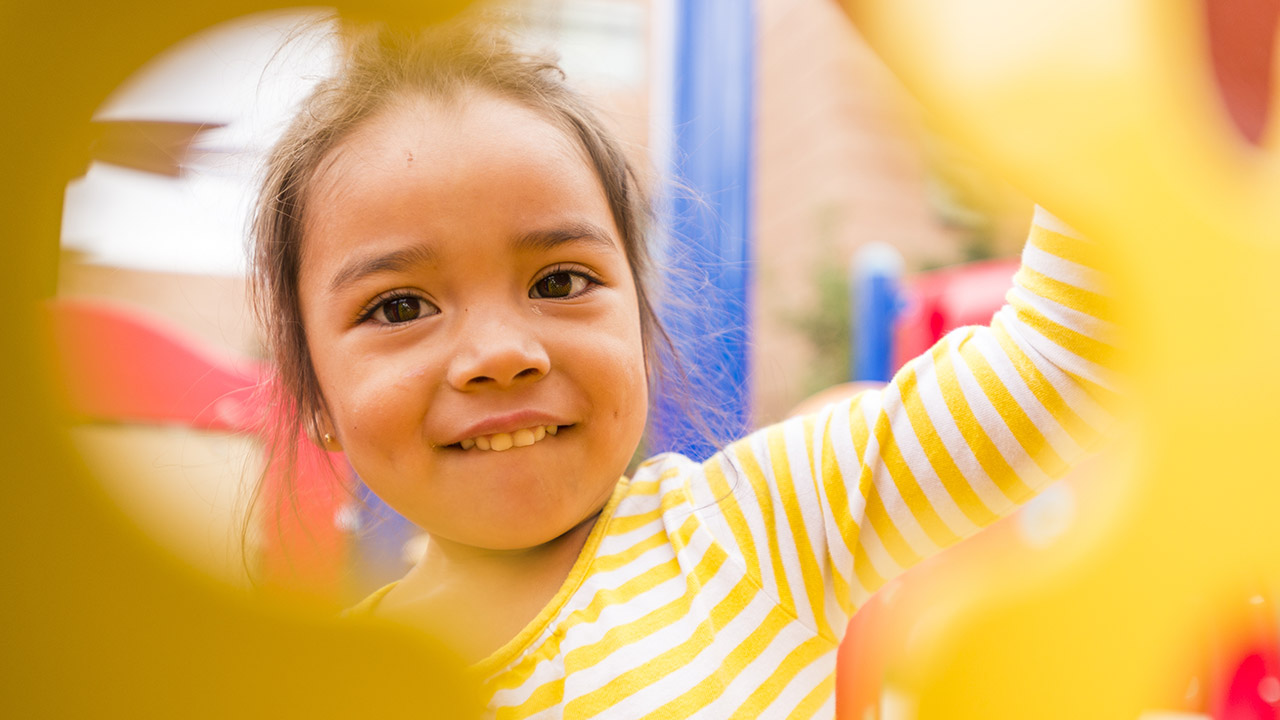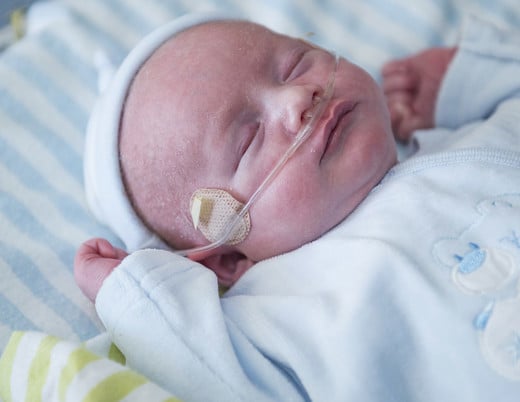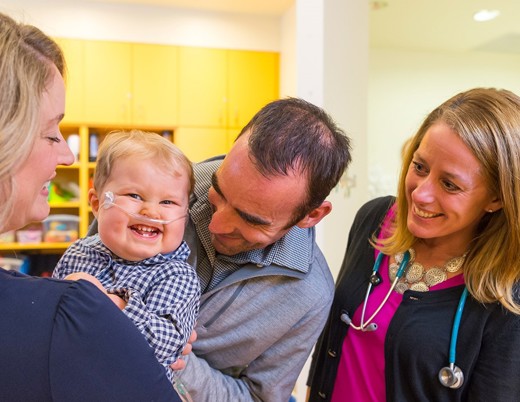Twenty years ago, if you had some banking to do, you had to visit an actual bank. Times have changed — a fact not lost on Robin Deterding, MD, Chief of Pediatric Pulmonary Medicine and Medical Director of the Center for Innovation at Children's Hospital Colorado.
"Think of the impact big data and tech have had on the consumer experience in all these industries," she says. "In healthcare, we're still doing the same old things."
Why patients with lung disease need innovation
The same old things are particularly problematic for Dr. Deterding's patients with chronic, interstitial and diffuse lung disease. Lung function is difficult to assess in children, especially young ones, and even more difficult to reliably track. Problems can get worse quickly, with serious consequences.
"Innovation is going to allow patients to have better information control and understand their own health," Dr. Deterding says. "I want our team to be a part of rewriting healthcare for kids. It will either happen to us or with us. I'd rather it happens with us."
"We've made substantial progress treating these diseases. And I like to think we've made a difference in these kids' and their families' lives, even if we haven't found a cure — yet."
— Robin Deterding, MD
Innovations currently in the works include apps for kids' health, wearable technologies adapted to track treatment adherence, and many more. Here are just a few:
School-based medical records
Working through Children's Colorado's in-house innovation incubator, the Breathing Institute is partnering with an external co-developer to allow school nurses nationwide to access kids' electronic health records. This access will enable better communication between hospital care teams and school nurses who manage kids with asthma.
Using technology to track inhaler use
Difficult-to-control asthma is tied to inconsistent inhaler use. Heather Hoch, MD, pediatric pulmonologist, is working with Propeller Health to use Bluetooth sensors to track inhaler use. The data will give parents the most up-to-date information on children's asthma in order to make collaborative, truly personalized medication decisions.
At-home in-ear EEG, OEG and EMG
Ann Halbower, MD, pediatric pulmonologist, and Tam Vu, PhD, a computer scientist at University of Colorado Boulder, developed an in-ear device for kids that monitors brain waves (EEG), eye muscles (OEG) and facial muscles (EMG) while sleeping at home. This helps providers understand symptoms and determine treatment methods for sleep disorders. Drs. Halbower and Vu won the Best Paper Award at the ACM Conference on Embedded Networked Sensor Systems in 2016 for this innovation.
Wearable trackers for lung disease
Soon, Dr. Deterding says, devices similar to very advanced, medical-grade fitness trackers will not only collect vital data for medical professionals, but also shape it into interfaces parents can use to monitor their child's lung health at home. That kind of monitoring could help catch problems before they become emergencies.
From a research perspective, digital monitoring could also allow for a depth of clinical study never before possible. Currently, 80% of drugs used to treat children are used off-label, relying on adult studies. Wearable technologies may, one day, play a role in developing new therapeutics, even cures.
That, Dr. Deterding says, is the goal. "I'd like to be able to say that we've cured one kid before the end of my career."
Featured Researchers

Robin Deterding, MD
Chief, Pediatric Pulmonary Medicine
The Breathing Institute
Children's Hospital Colorado
Professor
Pediatrics-Pulmonary Medicine
University of Colorado School of Medicine





 720-777-0123
720-777-0123










